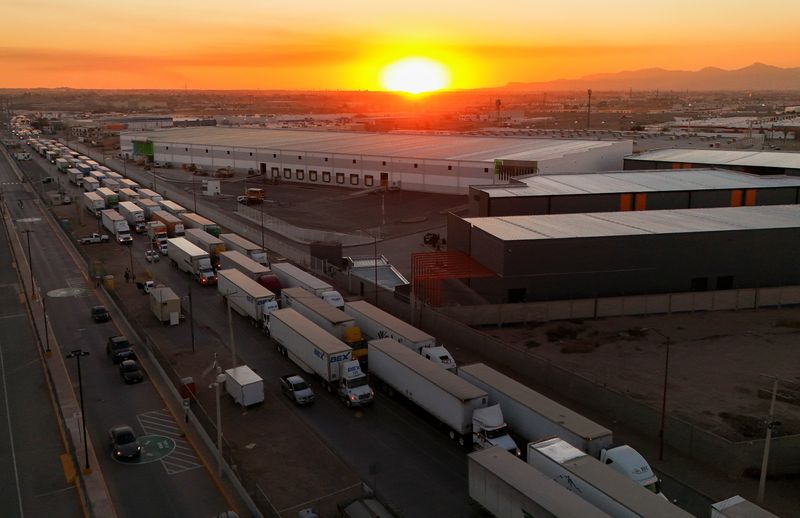Trade Tremors: How Trump's Tariff Tsunami Could Sink North American Businesses

The era of uncertainty for North American businesses has reached a critical turning point. President Donald Trump's aggressive trade strategy has now materialized into concrete economic action, with sweeping tariffs that promise to reshape international commerce and challenge corporate strategies across multiple sectors.
In a bold move, the administration has implemented a substantial 25% levy on goods from Canada and Mexico, while simultaneously imposing a 10% tariff on Chinese imports. These actions signal the potential onset of a comprehensive trade war that threatens to create significant challenges for executives who have already been navigating complex cost management landscapes in recent years.
The economic ripple effects could be profound, with potential disruptions spanning critical industries including automotive manufacturing, consumer goods, and energy. Companies will now be forced to rapidly reassess their supply chains, pricing models, and international sourcing strategies to mitigate the financial impact of these unprecedented trade barriers.
As global economic tensions escalate, businesses must remain agile and strategic, preparing for a potentially volatile international trade environment that demands innovative approaches to maintaining competitiveness and financial stability.

